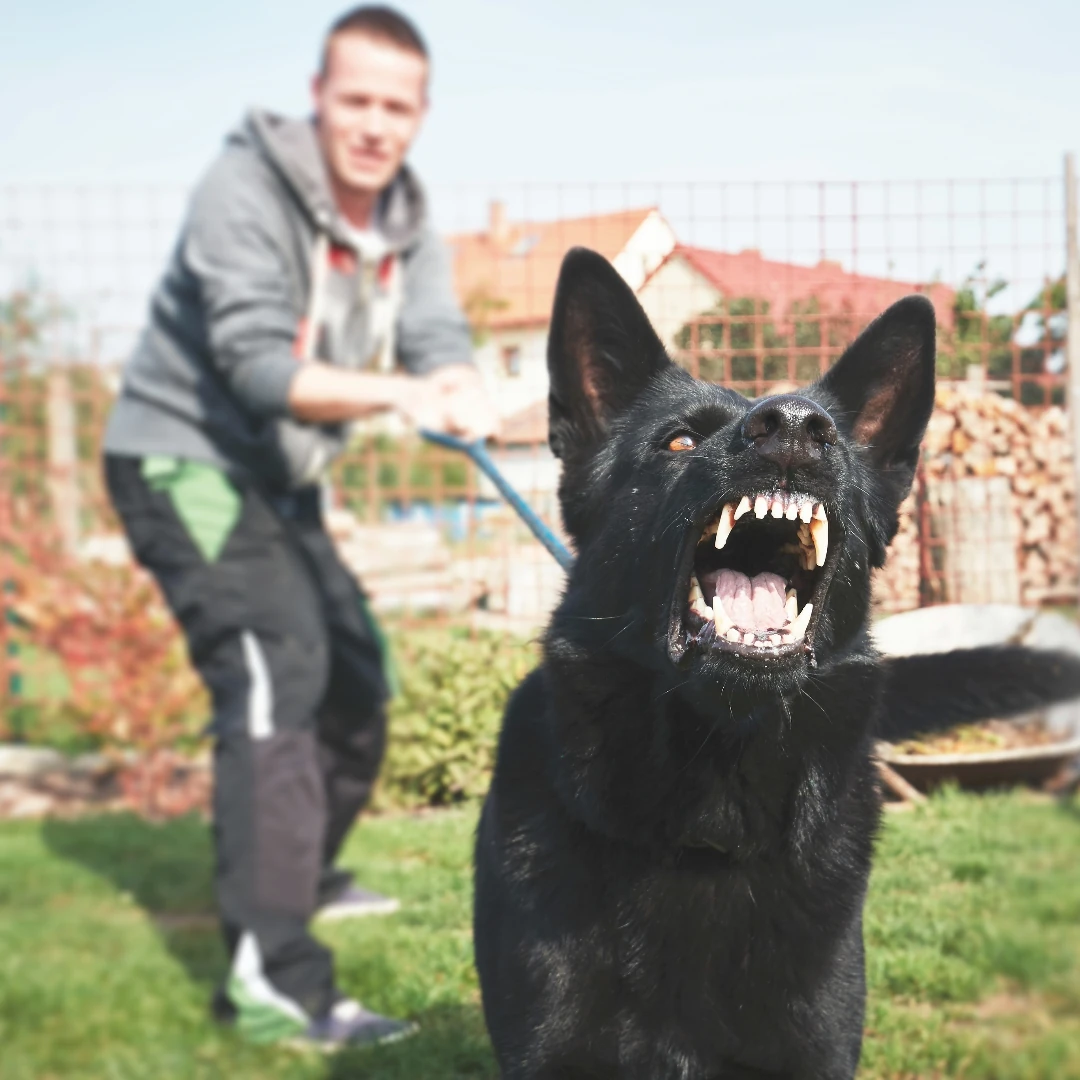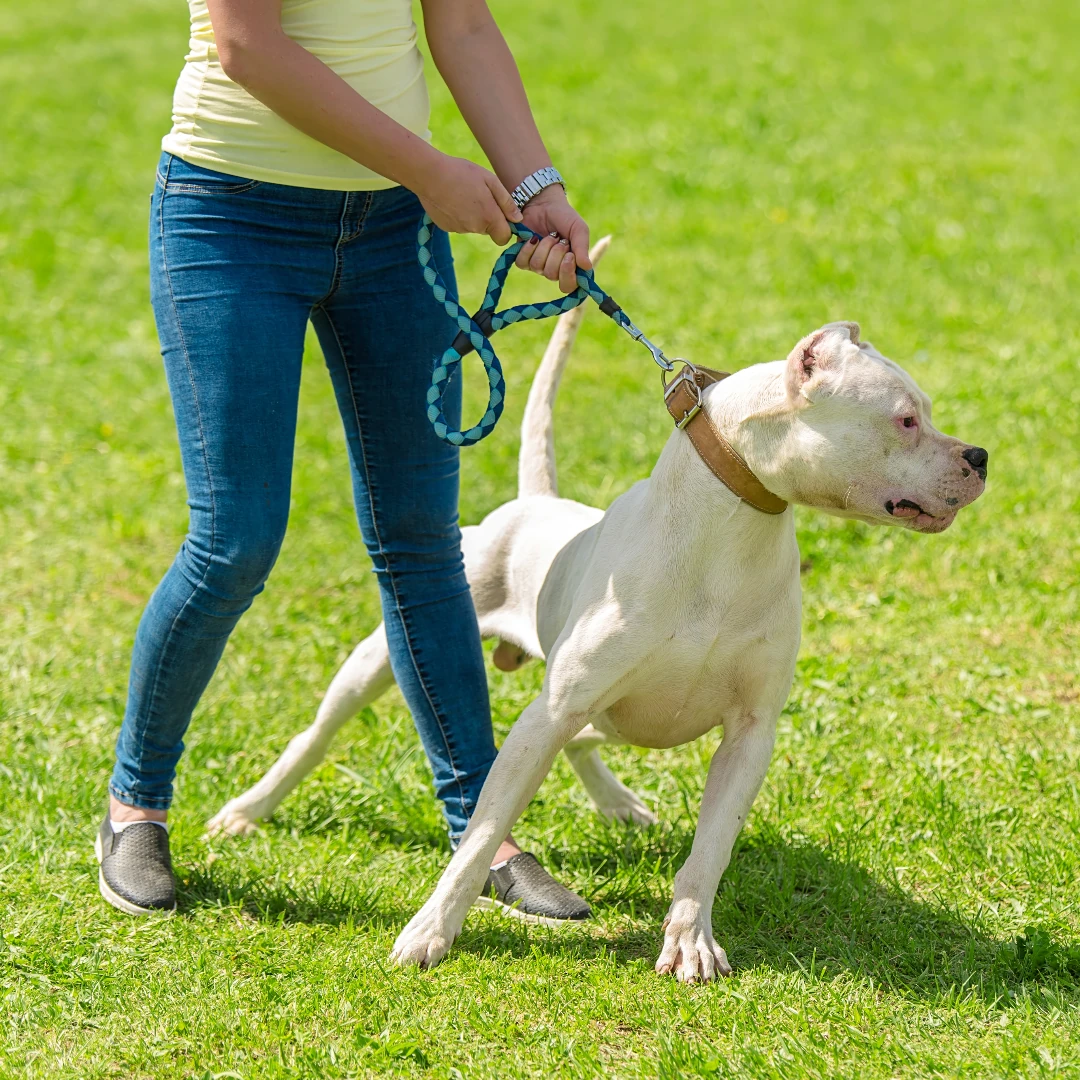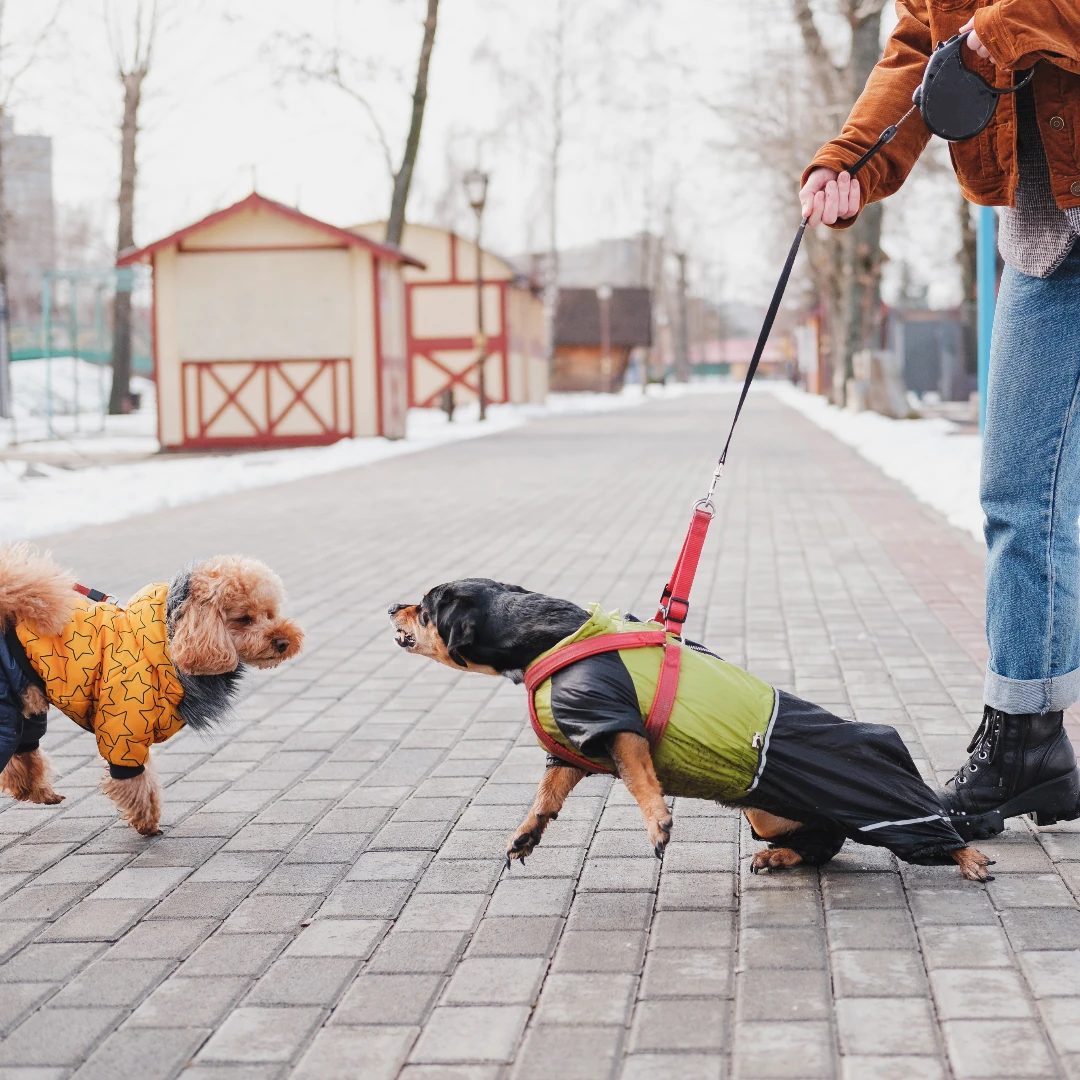Reactive Dog
Reactive Dog
If you’re reading this page, you’re probably pretty familiar with leash reactivity.
When you are out and about, your lovely dog acts like Cujo, lunging, barking, growling at other dogs, at people, other animals or objects. Neighbors and passersby judgmentally stare at you, other dog owners are not impressed, you feel embarrassed and dog walks aren’t fun anymore.
- Certified dog trainer, canine behavior consultant, FearFree Certified Professional
- Trainer specialized in aggressive behaviors
- Foundation skills, training games, practice in real-world scenarios
- Email support thoughout the program
- Includes emailed homework

Schedule your Initial Consult
All in-person services will begin with a 90-minutes consultation. In this session we will lay the groundwork for success with your dog: we will take an objective look at your dog’s current behavior, the challenges you face, and map out a plan to help you reach your training goals. In addition to planning the “long game” of a training program, I will provide you with some immediate steps you can take to see positive movement in behavior.
150€ for 90 minutes
(Travel fees apply for in-home consultations)


Choose your training formula
Private Coaching
After our initial consultation, we will get started working through your training plan and towards the goals that we have set together. Private training sessions are tailored to suit and support the lives, needs, and learning styles of both humans and dogs.
The number of sessions recommended will vary depending on the goals we set together or the severity of the behavior concern.
Depending on your dog and your goals we may choose to stick to private lessons or combine them with ReactivEquipe sessions for a more intensive approach to behavior change.
80€ per session (60 minutes)
Benefits
- Schedule flexibility
- Sessions tailor-made to your dog’s specific needs and skills
- Plenty of individualized attention
- Includes emailed homework
Group Class - ReactivEquipe
Let’s work in a team. You are not alone!
ReactiviEquipe are semi-private lessons for no more than 3 dog-handler teams that feature: individual coaching on working with your reactive dog, other dogs to safely practice around, and a supportive community of other pet parents who share your frustrations and goals!
300€ for a 5-week class
Benefits
- 5 training sessions
- Easy, efficient, effective start
- Sessions held in a safe and enclosed environement
- Includes emailed homework
Benefits
- Schedule flexibility
- Sessions tailor-made to your dog’s specific needs and skills
- Plenty of individualized attention
- Includes emailed homework
Benefits
- 5 training sessions
- Easy, efficient, effective start
- Sessions held in a safe and enclosed environement
- Includes emailed homework


